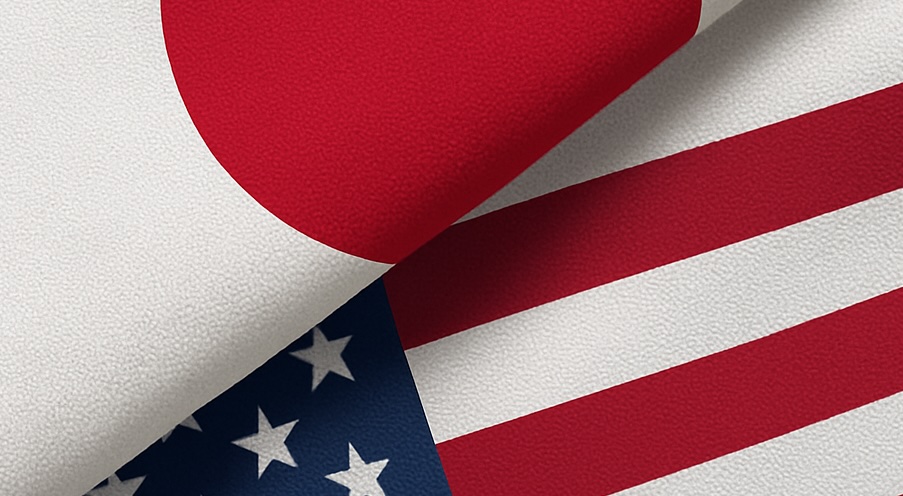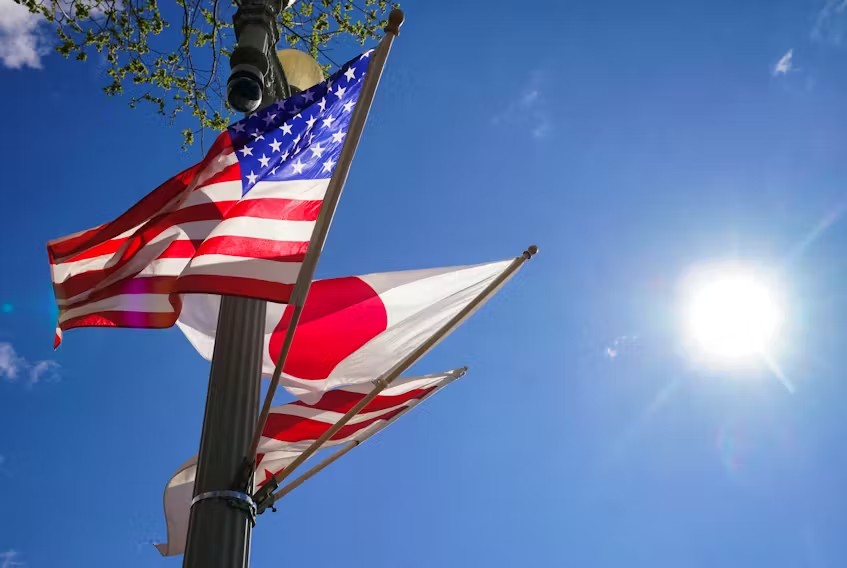Already a subscriber? Make sure to log into your account before viewing this content. You can access your account by hitting the “login” button on the top right corner. Still unable to see the content after signing in? Make sure your card on file is up-to-date.
A top Japanese official has proposed a lucrative package of financial and shipbuilding assistance as part of an effort to secure a crucial trade agreement with the United States ahead of the upcoming G-7 summit.
Some shit you should know before you read: If you’re unaware, Japan exports a significant amount of goods to the United States, with automobiles and auto parts alone accounting for roughly one-third of its total exports to the US, making the American market a vital component of Japan’s economy. However, there is currently no finalized trade deal between Japan and the US, and Japanese markets are increasingly anxious about proposed American tariffs, particularly the potential 25% levy on automobiles, steel, and aluminum, which could further strain its export-driven economy and push it toward a technical recession. Meanwhile, the US faces a major issue with shipbuilding capacity. Once a dominant force, America now produces only a small fraction of the world’s ships and lacks the shipyard infrastructure to support rapid expansion or sustained naval operations. In stark contrast, China now builds over 70% of the world’s commercial ships, while South Korea and Japan also remain major players in the sector.

What’s going on now: Over the weekend, Japanese Prime Minister Shigeru Ishiba unveiled an offer aimed at securing a favorable outcome in ongoing trade negotiations with the United States. Japan proposed a combination of financial and technical contributions, including potential investment in a $44 billion Alaskan liquefied natural gas (LNG) pipeline project and extensive cooperation in shipbuilding. Specifically, Ishiba highlighted Japan’s advanced capabilities in constructing icebreakers, referencing its flagship vessel Shirase as a model of cutting-edge Arctic maritime technology.
These icebreakers are crucial for Arctic navigation and have potential dual-use applications for US military operations. In addition to providing shipbuilding expertise, Japan is offering to assist with the maintenance and repair of US Navy vessels stationed in the Asia-Pacific, thereby expanding the United States’ ability to sustain its naval presence without relying on domestic US shipyards.
In exchange for these contributions, Japan is seeking concrete concessions from the US on trade—particularly a break from steep tariffs that are expected to take effect soon. The Japanese government is most concerned about the 25% tariff on automobiles, a vital sector that employs nearly 8% of Japan’s workforce and forms the backbone of its export economy.
Japan’s broader proposal also includes the potential creation of a joint US-Japan sovereign wealth fund aimed at boosting investment in infrastructure and next-generation technologies, such as ammonia-powered ships.
The White House has not commented on this development.







